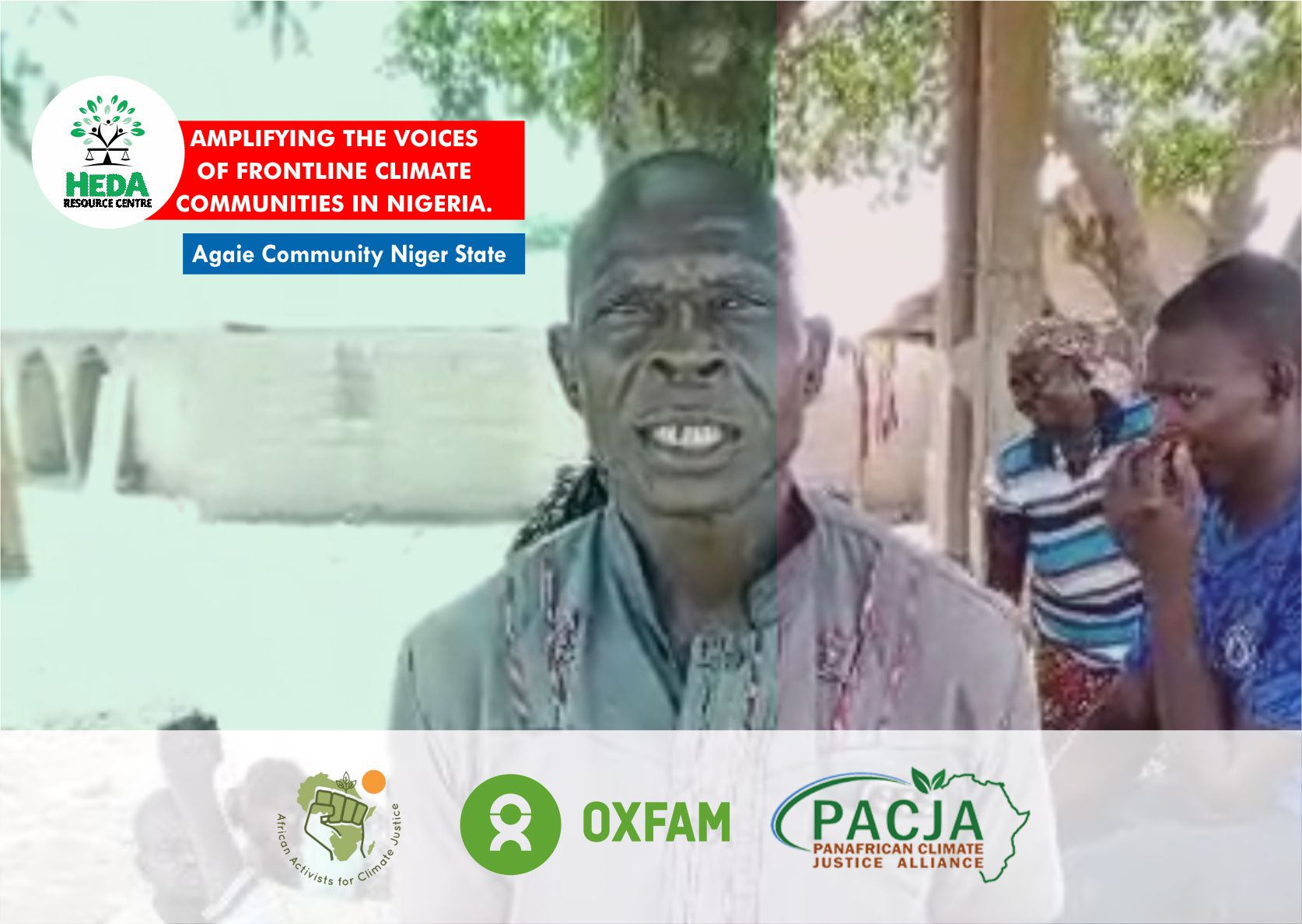Agaie community, a traditional emirate in Niger States lies at the intersection of roads from Bida and Lapai. The community is a market centre where farm products such as rice, millet, cotton, groundnuts, etc. are traded.
Jonathan Saidu, a seasoned farmer in the community stood on his once fertile farmland, now a desolate expanse of barren earth. In his narration, he mentioned that the heavy floods of the past season had wreaked havoc, sweeping away his crops and leaving behind a trail of destruction. Despair gnawed at his heart as he gazed upon the withered remains of his livelihood. Jonathan had always prided himself in his ability to nurture the land and reap bountiful harvests. For years, he had tirelessly worked his fields, providing sustenance for his family and the wider community.
However, in recent years, the once-predictable rhythm of the seasons has been disrupted by the relentless grip of climate change. Rainfall patterns had become erratic, alternating between devastating floods and prolonged droughts. The once vibrant soil, now parched and cracked, struggled to support even the hardiest of crops.
The recent floods had been particularly harsh, inundating his fields for weeks, leaving behind a thick layer of sediment that choked the life out of the soil. The livestock, once grazing peacefully, had been scattered, some lost to the floodwaters, others struggling to survive on the meagre scraps of remaining vegetation.
Jonathan’s heart sank as he surveyed the damage. His crops, the fruits of months of labor, lay ruined, and their potential yield lost to the whims of a changing climate. The once-promising harvest, the lifeblood of his family’s livelihood, had vanished, leaving behind an empty void.
The burden of loss weighed heavily on Jonathan’s shoulders. He was not alone in his plight. Many other farmers in Agaie Local Government faced similar challenges, their livelihoods threatened by the unpredictable forces of nature. The community, once self-sufficient in food production, now teetered on the brink of hunger.
Despite the overwhelming despair, a flicker of hope remained within Jonathan’s heart. He believed that the government, with its resources and expertise, could step in and offer a lifeline to the struggling farmers. He envisioned irrigation systems that would defy droughts, drought-resistant crops that would thrive in harsh conditions, and financial assistance to help farmers rebuild their shattered livelihoods.
With renewed determination, Jonathan joined forces with his fellow farmers, their voices united in a plea for help. They petitioned the government, their voices echoing the desperation of a community on the brink. Their message was clear: climate change had brought them to their knees, but their spirits remained unbroken.
They sought not handouts, but opportunities to adapt, to reclaim their role as the guardians of the land. They yearned for knowledge, tools, and the means to navigate the ever-changing climate and continue to nurture the land that had sustained their families for generations.
As Jonathan stood amidst the ruins of his once-thriving farm, he envisioned a future where the land would once again yield its bounty. A future where farmers, empowered by knowledge and support, would stand resilient against the challenges of climate change, their hands once again nurturing the land that sustained their community.
